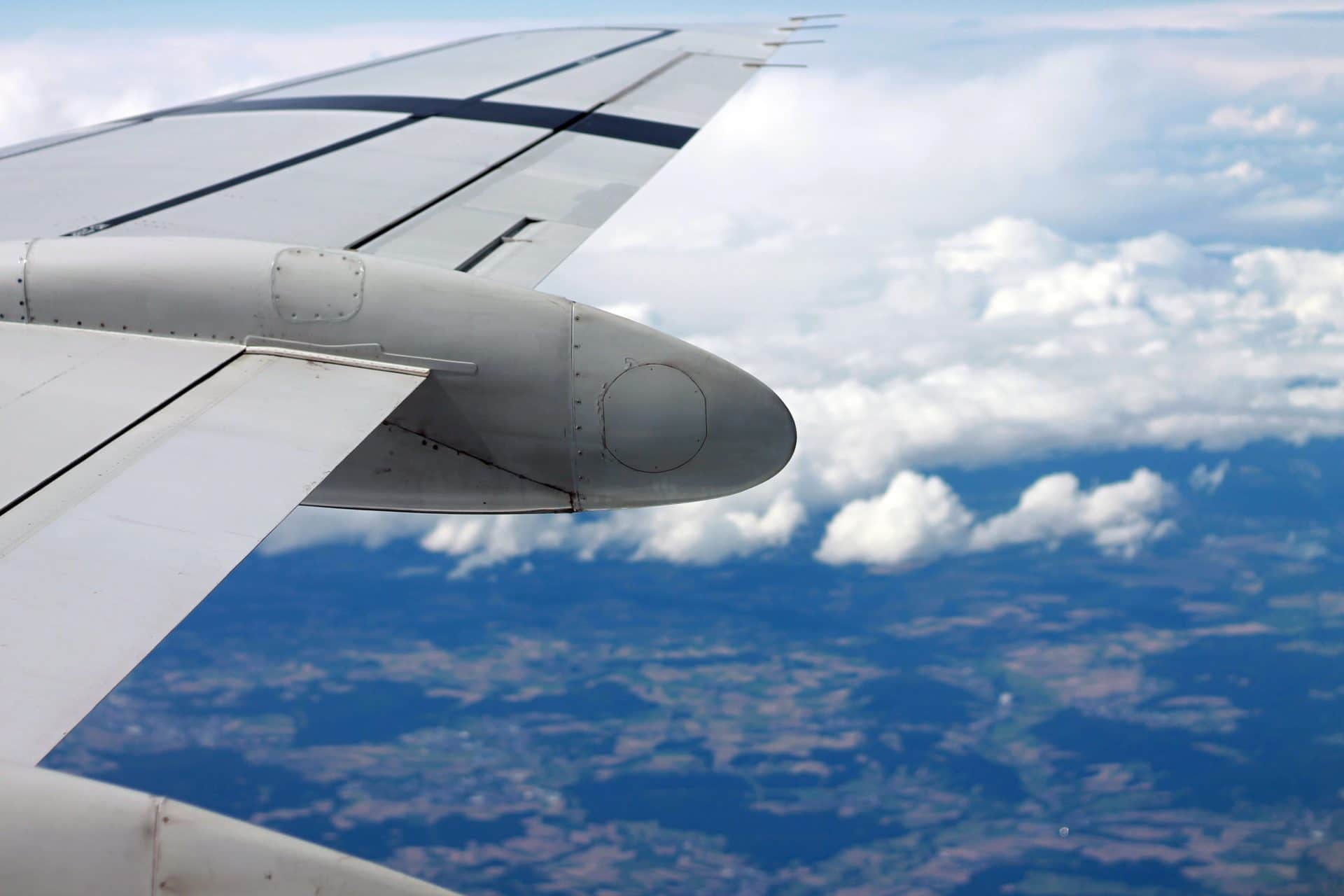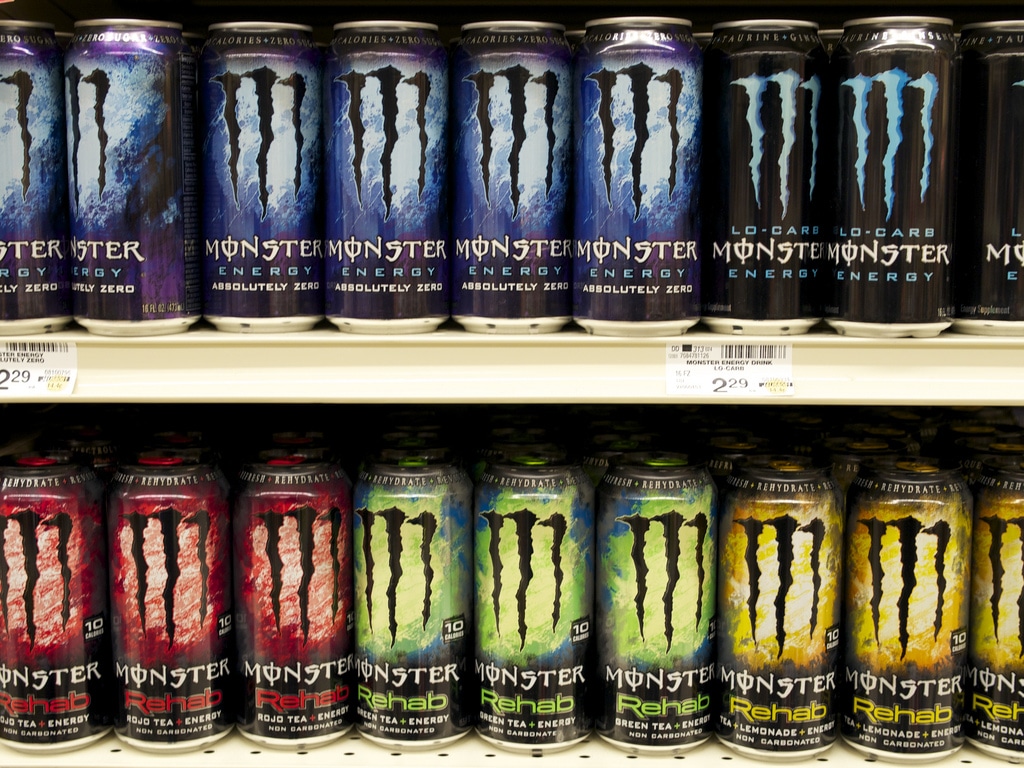By Gaby Illingworth, Rachel Sharman & Russell Foster; @OxTeensleep, @gabyillingwort1, @DrRachelSharman, @OxSCNi
To the possible dismay of parents hoping to start the family day bright and early, teenagers hit the hay and wake up at increasingly later times during adolescence – a delay of between one and three hours compared to pre-pubertal children.
Teenagers struggle to fall asleep early but still need to wake up for lessons during the school week, which contributes to a reduction in time spent asleep. At the weekend, the morning hours may well be spent snoozing to “catch-up” on lost Zzz’s.
In 2015, the National Sleep Foundation recommended that teenagers, aged 14 to 17 years, should be getting eight to ten hours of sleep a night. However, across the globe, teenagers are routinely not getting enough sleep, with older adolescents more likely to have insufficient weekday sleep than early adolescents. One of the consequences of insufficient sleep is that sleepiness during the day is common in this age group.
Sleep researchers have suggested some mechanisms behind this change in teenagers’ sleep timing.
How teenagers become owls: slower clocks, increased light sensitivity, or decreased sleep pressure
Although we don’t know why adolescent sleep changes, we do know that changes occur in the two processes which govern sleep – the circadian rhythm and sleep/wake homeostat. (Catch up on these two concepts in our previous post.)
The teenage biological clock has been proposed to run more slowly at this age, driving their sleep timing later, meaning their chronotype becomes more owl-like.

Another suggestion is that their biological clock might be more sensitive to light in the evening (delaying sleep) and less sensitive in the morning (making them wake up later).
Adolescent sleep pressure is also thought to accumulate more slowly during the day, making them less tired when they reach the evening.
Jetlag without leaving the country
We know what jetlag feels like when we travel across time zones. Our internal time takes a while to adjust to the new external time.

Teenagers experience something similar with ‘social jetlag’: when their internal time (chronotype) is misaligned with social time (school commitments). At the weekend, they are more likely to be able to sleep according to their chronotype than during the school week. This misalignment of sleep/wake timing has been shown to associate with poorer cognitive functioning.
To blame the bright screens or not?
Teenagers’ lack of sleep is not all down to physiology. They, just like adults, may be engaging in behaviour that isn’t conducive to sleeping well.
The effect of light exposure on sleep has received increasing attention with the proliferation of electronic device use in recent years. However, the results are mixed.
One study on young adults asked individuals to read an e-book at maximum intensity under dim room light for around 4 hours (18:00–22:00) before bedtime on five consecutive evenings, whilst the control group read a printed book.
While the study concluded that those that read the e-book took longer to fall asleep, had lower morning alertness, and a delay of the circadian clock compared to reading a printed book, the effects were relatively small. Those participants who read e-books took only 10 minutes longer to fall asleep (Chang et al., 2015).

As a result, some caution needs to be exercised when the press reports that reading an e-book before bed has unintended biological consequences that may negatively affect performance, health, and safety.
Nevertheless, the impact of using electronic devices prior to sleep does seem to be important. In a large US survey, adolescents were shown to have increased the time spent using electronic media devices from 2009 to 2015.
This was correlated with a decline in sleep duration (Twenge et al., 2017), and light from such devices has been blamed. Such studies have encouraged the use of in-built or downloadable applications that can dim the brightness of screens and/or reduce the light emitted.
Light interventions are now being considered as a tool for adolescents experiencing difficulties with sleep, including reducing their exposure to evening light and increasing morning light to advance the clock to a time more suited for school.
Unfortunately, the evidence showing that such interventions can be helpful is lacking. Furthermore, it is important to stress that game use, social media, and watching TV are all likely to be cognitively arousing so teens may simply feel like staying up when they use electronic media devices.
As a result, disentangling the light effects versus the alerting effects of devices is complex and awaits good experimental studies.
Highly caffeinated

Caffeine is a stimulant with a half-life of approximately six hours in healthy adults (meaning that half of it is broken down in our bodies in six hours). It works by preventing the molecule adenosine, which promotes sleep, from having its effect in the brain, thus promoting wakefulness.
Teenagers are advised to consume no more than 100mg of caffeine per day, yet highly-caffeinated energy drinks are popular among teens. Many energy drinks contain higher caffeine levels than 100mg in a single can. Consuming caffeine later in the evening, or consuming it excessively throughout the day may be another contributory factor to delayed sleep.
Correspondingly, the National Sleep Foundation 2006 ‘Sleep in America’ poll found that adolescents who drank two or more caffeinated beverages each day were more likely to have insufficient sleep on school nights, and think they have a sleep problem, than those who drank one beverage or fewer.
We don’t need no early morning classes
School-based interventions are now underway that aim to improve teenage sleep. Sleep education programmes inform teenagers about the lifestyle factors that may be affecting their sleep and how they can improve sleep hygiene.
There is also a movement to delay school start times to better suit the adolescent clock by giving teenagers the opportunity to sleep at hours more aligned with their chronotype and reduce their social jetlag.
Given all the research, one could suggest that “early to bed, later to rise, may help the teen be healthy, wealthy and wise” would be a better amendment to the age-old quote for our average teenager.
Read previous instalment here: Early to bed and early to rise… makes a teen healthy, wealthy and wise? (Part 1)
https://www.physoc.org/blog/early-to-bed-and-early-to-rise-makes-a-teen-healthy-wealthy-and-wise/
References
Chang, A.M., Aeschbach, D., Duffy, J.F. and Czeisler, C.A., 2015. Evening use of light-emitting eReaders negatively affects sleep, circadian timing, and next-morning alertness. Proceedings of the National Academy of Sciences, 112(4), pp.1232-1237.
Twenge, J.M., Krizan, Z. and Hisler, G., 2017. Decreases in self-reported sleep duration among US adolescents 2009–2015 and association with new media screen time. Sleep medicine, 39, pp.47-53.
